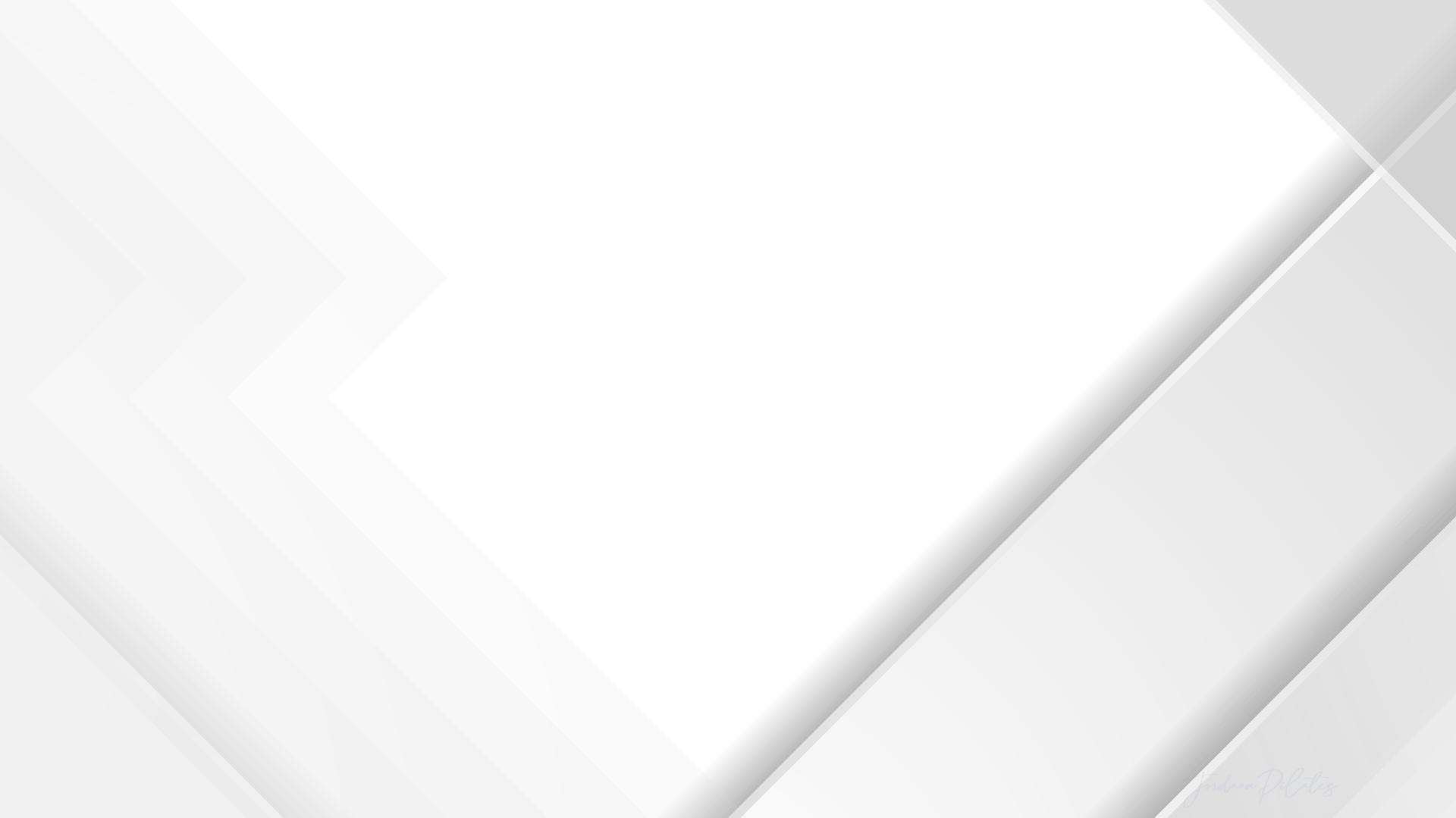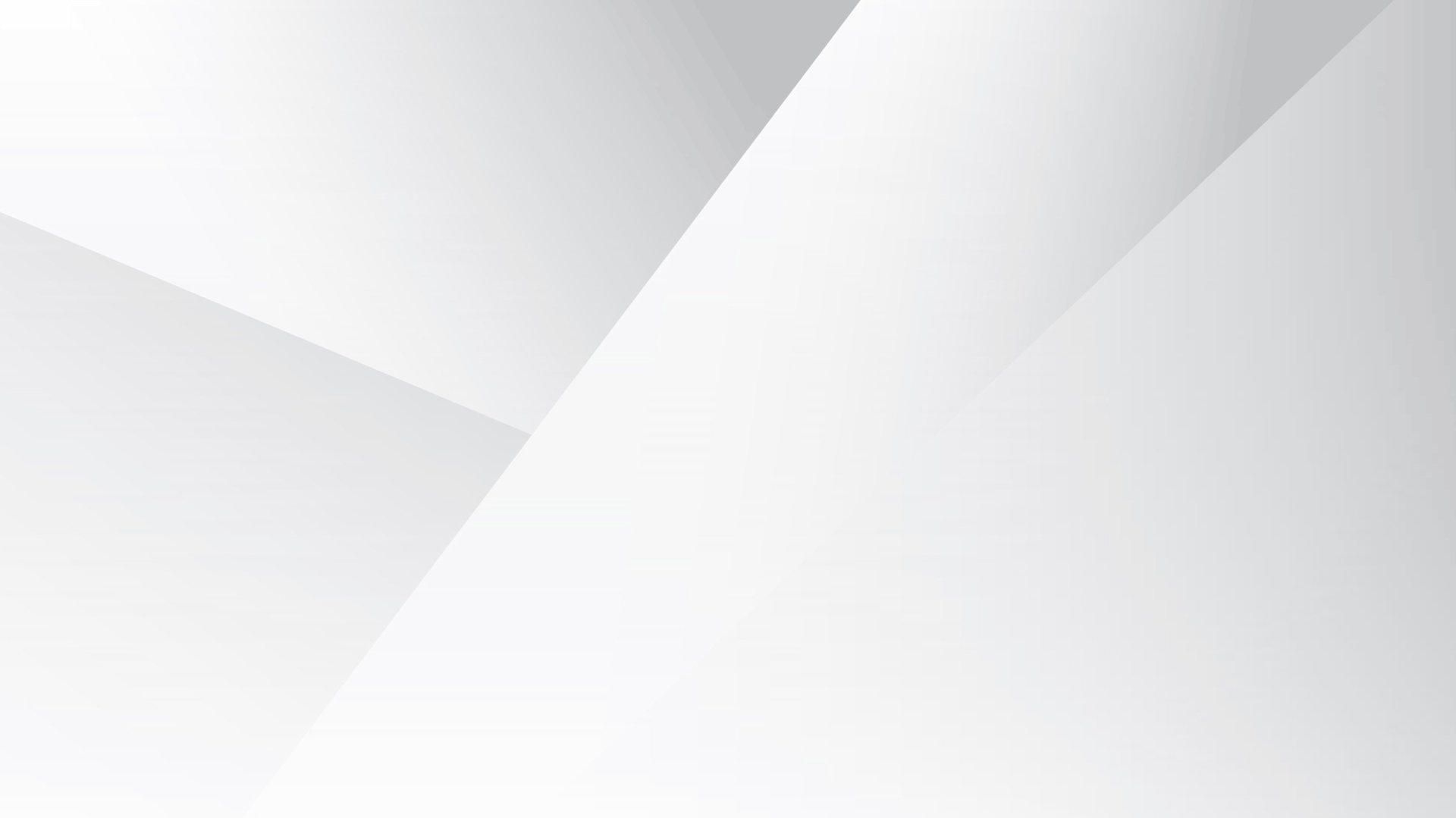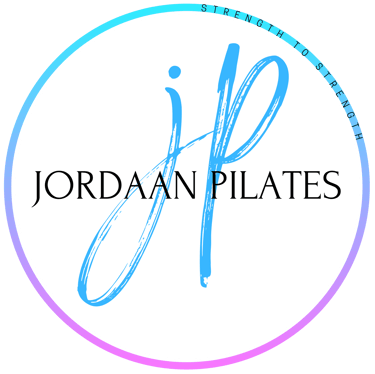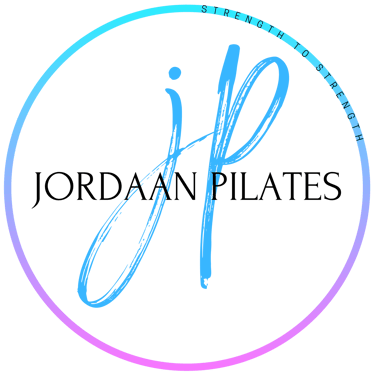
FREQUENTLY ASKED QUESTIONS
PRIVATE PILATES CLASSES
Private Pilates Classes with Jordaan Pilates: Private Pilates tailormade for you at one a Church in the Merstham / Reigate / Redhill area.
The first class will include a body assessment and a tailor made plan for your specific requirements. As you progress through your program, we will revisit the body assessment to keep a close eye on your development.
All equipment will be provided for you and you'll have the benefit of a trained instructor and individual attention for the entire class so you will quickly achieve maximum results. Fitting into your lifestyle and your schedule. Learn Pilates the best way possible with utmost convenience.
*If these costs are beyond your ability, don't let that stop you, give us a call so we can come to an arrangement that suits you.
ONLINE PRIVATE CLASSES
Pilates in the comfort of your own home! Fitting into your lifestyle, catch us live or watch the reply on our video gallery. A wonderful 40 minute class to get you strong and Pilates fit in no time! These classes are perfect if you want to do Pilates, but struggle for time in your busy schedule. Class times are on our bookings page.
I hope to see you in our energising 40 minute class to change your life for the better.
GROUP CLASSES
Our Group Classes which are COMING SOON!
WATCH THIS SPACE
Group classes are a great way to start Pilates as the classes are fun and full of energy. We hold high regard for the Classic Pilates Mat Work which, at it's fundamental level, offers you a complete and challenging workout.
You WILL get exceptional value guaranteed!
We offer a range of classes, from Classic Mat Pilates to Swiss Stability Ball, Resistance bands, as well as Pilates Ova Ball Classes.
WHAT DO I NEED TO BRING?
Your own mat, water and a small towel and a bottle of water.
Larger equipment (such as Swiss Stability Balls) must also be supplied by yourself should we be doing that class.
The smaller equipment (such as the resistance bands and small Pilates balls) I will supply.
WHAT IS PILATES?
Pilates is a uniquely precise and intelligent approach to exercise and body-conditioning, which gives you a leaner, suppler, more toned body and a calmer, more relaxed mind.
It takes its name from Joseph Pilates, a German-born emigré to Britain and then America, who devised it in the early part of the last century.
Long popular among dancers, gymnasts and others who knew of it, Pilates has now been discovered by a wider public – from those who want a stronger back or flatter stomach to those with specific injuries or medical problems that Pilates can help; or else, simply those who want to get fit or de-stress.
Pilates is a gentle, non-aerobic exercise method, which lengthens and strengthens the muscles, and improves posture, without stressing the joints or the heart. Indeed, physiotherapists, osteopaths, chiropractors and doctors now recommend Pilates as one of the safest forms of exercise available.
You can learn Pilates either in group sessions, known as mat classes, or in a dedicated studio with expert teachers and specialised, spring-resistance equipment, designed to tone and strengthen your muscles, while placing minimum strain on the joints.
Wherever you learn Pilates, you should make sure that your teacher is properly qualified, since Pilates taught by someone without the right training can do you more harm than good. Yet, many exercise teachers in gyms and elsewhere now include Pilates exercises in their classes, despite themselves never having had any training at all. At Jordaan Pilates, I am a BASI trained Pilates Instructor which is the highest standard worldwide.
IS PILATES SAFE?
Please note the following and very important cautions before proceeding with any exercise programme.
Primarily, Pilates is a no-to-low impact form of exercise, which can seem considerably low risk in comparison to other exercise modalities and sports in general, however it is important to understand the potential risks associated with the practice as these are not negligible.
One of the main risks associated with Pilates is if the movements are not performed well, which can easily lead to strain or injury, and can exacerbate postural patterns and movement patterns that may be the cause of discomfort or worse.
This is particularly true for people with existing injuries or chronic conditions, who may not be able to perform certain exercises safely. Much of the time the adverse effects of performing Pilates exercises poorly will not be immediately clear as it can feel good to exercise, but the longer term effects can be quite distressing if form is not guided well.
While Pilates is a low-impact form of exercise and does carry risk as all movement can carry, it has been shown to provide many beneficial health effects to those who practice it.
However, not all exercises are suitable for everyone, and Pilates exercises — or any exercise programme — may result in physical injury.
SO...Consult with your doctor before embarking on any type of exercise programme.
To reduce the risk of injury, never force or strain during exercise. If you experience pain or discomfort during exercise, stop immediately and consult your doctor.
Certain special cautions apply to Pilates and all other exercise programmes. For example, women who are menstruating should not practice inverted poses, back bends, or vigorous standing poses.
Pregnant women should not practice twists or any abdominal tightening poses and should always have a note from their doctor to advise that they can indeed work out.
Other special cautions may apply to individuals with specific health issues. For that reason, before starting any kind of exercise programme, you should consult your doctor to find out if any particular restrictions apply to you.
WHAT DO I WEAR?
The quick answer: Something form fitting, modest and comfortable.
Have a bottle of water and a small towel ready too!
The long and very detailed answer:
The most important thing to remember when choosing clothing for Pilates class is comfort and flexibility. The best clothes to wear to Pilates classes are ones that are form-fitting. Loose, baggy clothing will not only make it difficult to move, but also prevent the instructor from observing your form.
The key to Pilates is your form, and your instructor will need to assess your body alignment and symmetry to see if there are any areas that need improvement. You also need to wear stretchy materials to help you exercise without restraint.
Modesty is another thing to consider when picking out your Pilates wardrobe. There are a lot of positions that involve legs and torsos in the air. Clothes that are too baggy may fall or ride up and make you uncomfortable, as well as expose more than you want to the class. You want to make sure your clothing is not see-through as well.
When it comes to Pilates wardrobe, all genders should stick to the same rules: breathable, comfortable, lightweight, form-fitting and modest. Below are examples of the types of clothing you should wear to Pilates class: Bottoms should fit well and not be loose or baggy.
Examples include ankle-length or capri-length leggings, compression leggings, track pants or gym pants. If shorts are worn, they should be form-fitting. If they are loose, then you should wear bicycle shorts underneath them. Also, shorts do not need to be short, because those are more likely to ride up.
Tops should be slim-fitting. A shirt with sleeves is fine, if the sleeves are fitted and not loose, especially if you will be using equipment. Slim-fitting workout crop tops and tanks are also acceptable. Women should also wear a low-impact sports bra.
Besides baggy clothing, there are a few other accessories and articles of clothing that you need to avoid when doing Pilates. These include: Tie-back tops — These can be uncomfortable when doing mat Pilates. Belts, drawstrings, and tassels.
Workout clothing with enhancements or decorations — Zippers, buckles, clasps and buttons can cause distraction and be uncomfortable. Shoes — Of course, you can wear shoes to and from classes. But most people do Pilates either sock-footed or barefoot. If you prefer wearing socks, try socks with grip to keep you from slipping and injuring yourself.
There are also some other grooming tips to remember when taking Pilates classes. If you have long hair, you should always wear it up and away from your face. If you are doing mat Pilates, hair can get in your face and make it difficult to concentrate and watch the instructor.
Try not to wear makeup. Not only will you get sweaty, but makeup can also stain the mats and other equipment.
HOW LONG IS A SESSION?
Online Pilates is a 40 minute class.
Private Classes are just over 1 Hour.
WHAT ARE THE BENEFITS OF PILATES?
A stronger, healthier back
A more toned, mobile and flexible body
A leaner, longer look
A flatter stomach
A better body shape
A better balance between strength and suppleness
Better posture
A straighter spine
A taller gait
Easier, fuller movement
Better coordination
Greater body awareness
Injury prevention and rehabilitation
Gain without pain
Relief from stress
General fitness
A sense of calm and well-being
WHO CAN BENEFIT FROM PILATES?
Anyone. While Pilates is still popular with dancers, gymnasts and athletes but it is equally suitable for most men and women, from 9 to 90, and beyond.
Pilates is particularly suitable for…
The middle-aged and elderly
The desk-bound and inactive
The pregnant and post-natal
Those needing pre- and post-operation strengthening
Those referred by their doctor, physio, osteopath, chiropractor or other practitioner
And for those who suffer…
Back pain, back-ache and other back problems
Scoliosis/curvature of the spine
Poor posture and rounded shoulders
Neck and shoulder pains or problems
Stiffness, joint pains and muscle pains, whether caused by arthritis/ osteoarthritis,
Fibromyalgia or other things Injuries: sports injuries and others
RSI
Carpal Tunnel Syndrome
Whiplash Stress
HOW DO I START?
It is as easy as booking an appointment!
Your first appointment will be a full body assessment and you will complete a Client Health form which will ask you series of questions about your medical history, current health, fitness and objectives.
Once I assess your posture, alongside the information in your form and devise a unique programme to meet your precise needs. I will then show you how to get started and teach you the basics.
You will find that the exercises are simple, even minimal. I will continue to work with you as you progress and start to reap the benefits. I continue to develop and adapt your Pilates routine as your body gradually improves and your needs change.
HOW OFTEN SHOULD I DO PILATES PER WEEK?
People do Pilates anywhere from once a week to once a day – but twice a week is common and what I suggest for most clients.
Even if you just take just one session a week, you should try to do at least a few minutes of Pilates – whether at home or work – on a daily basis.
I will also give you tips and tricks to remain more mindful while at home to cement the work we are doing in class.
Pilates is not about being in a class for an hour, it is a lifestyle; a lot of the work we do starts when the class ends
WHEN CAN I EXPECT TO SEE RESULTS?
‘In ten sessions’, suggested Joseph Pilates himself, ‘you will feel the difference; in 20 you will see the difference; and in 30 you will have a whole new body’. - Joseph Pilates
Most people do start to feel a difference after 10 sessions, getting the sense, for example, that they are walking taller and moving in a looser, suppler way.
The longer they persist, the more they will tend to see and feel the shape of their body slowly change.
AM I THE RIGHT AGE FOR PILATES?
It is suitable for almost any age.
Indeed, one of the beauties of Pilates is that we tailor it to suit each person, whatever their age or physical condition.
Many of our clients are middle-aged or elderly. Indeed, more than a few start doing Pilates specifically because they have reached ‘a certain age’, realised that they no longer take any exercise and suddenly thought, ‘My goodness, I have to start to do something, or else I’ll fall apart’.
Older clients still might have to ask medical advice before taking up Pilates and to start more slowly.
Many people, however, do Pilates into their eighties and nineties. A properly tailored Pilates programme is one of the best-known ways to ward off the infirmities of old age.
Your true age, in the end, of course, is as much a function of how feel as of the date on your birth certificate. As Joseph Pilates himself put it: ‘If, at the age of 30, you are stiff and out of shape, you are old. If, at 60, you are supple and strong, then you are young.’
CAN I DO PILATES IF I AM PREGNANT?
You should check with your doctor before doing any kind of exercise during pregnancy. However, Pilates tends to be particularly suitable for pregnant women, since it is a low-impact form of exercise that strengthens the back, stomach and pelvic floor muscles.
In fact, many women first discover Pilates and become clients here either when they are pregnant or have just given birth.
I design a tailored Pilates programme to meet the precise, individual needs of each woman. We then help her follow and adapt it at each new stage. You may need to do Pilates in a modified or gentler way while pregnant, and to make sure you stop the moment that you feel any discomfort.
A properly tailored Pilates programme, however, can be the ideal way to lessen or avoid the back-pain commonly experienced during late pregnancy and then to enable your body to regain its shape rapidly after birth.
LIMITATION OF LIABILITY:
Jordaan Pilates is intended for your personal use in a group class or private class setting only, as a service to our customers and prospective customers. Jordaan Pilates cannot guarantee that Pilates is safe and proper for every individual. Jordaan Pilates makes no representations or warranties of any kind, express or implied, as to the operation of exercises, use of equipment or the information, images, materials, or products contained to Jordaan Pilates, including factual errors or omissions. Any liability, loss, injury, or damage in connection with any use of Jordaan Pilates, including but not limited to any liability, loss, injury, or damage resulting from the performance of the exercises demonstrated here, or the advice and information given herein, is expressly disclaimed. Users of Jordaan Pilates agree to hold Jordaan Pilates harmless from and against any and all claims, damages, costs, and expenses, including legal fees, arising from or related to your use of the exercises and or equipment..

You didn't find the answer you were looking for?
Ask a question below so we can help.

Operating in the Reigate, Redhill & Merstham areas


